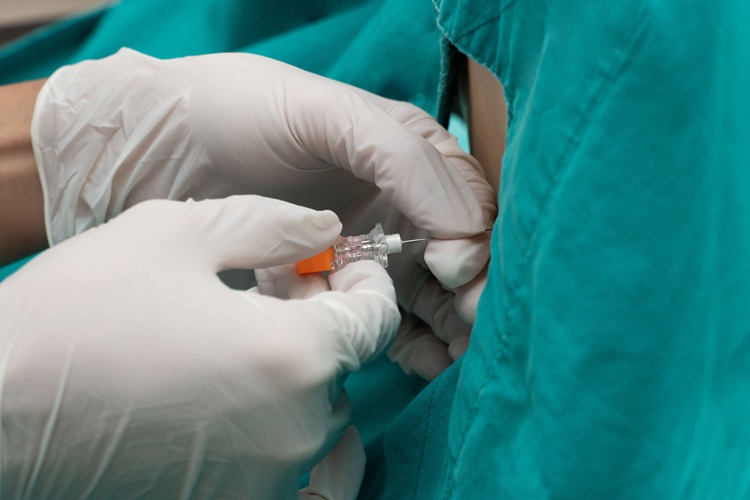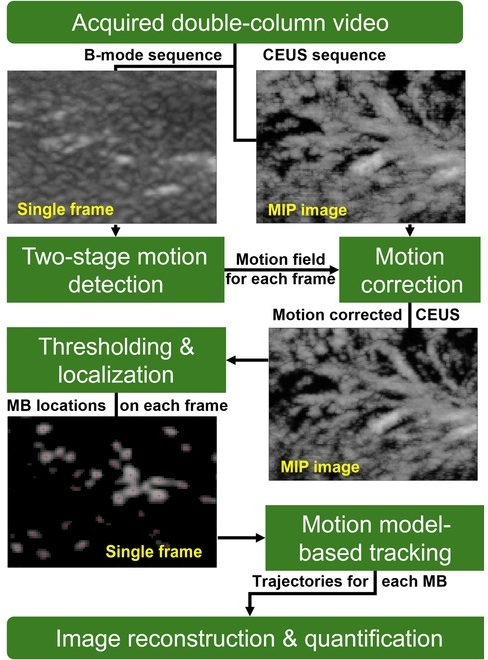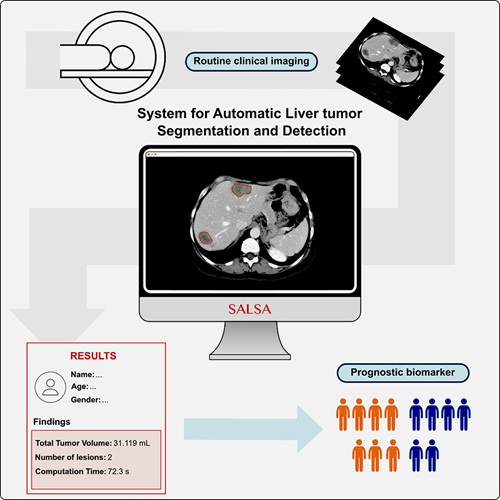Cancer Detection Improved with New Image Analysis Technique
|
By MedImaging International staff writers Posted on 02 Mar 2015 |
Researchers developed a novel image-analysis technique designed to improve breast cancer detection and diagnosis.
The goal of the team was to develop a new quantitative image analysis technique to improve prediction of cancer risk, or cancer prognosis, and help find more effective cancer screening and treatment strategies. To this end, the team built image processing algorithms that could analyze multiple digital X-ray images, and build statistical data learning-based prediction models, to generate quantitative image markers.
The research team was led by Dr. Bin Zheng, electrical and computer engineering professor at the University of Oklahoma, College of Engineering (Norman, OK, USA).
Breast cancer screening, for example includes risk factors such as age, family cancer history, lifestyle, breast density, and results from tests for common susceptible cancer gene mutations. These risk factors are reviewed and are used to cancer risk assessment models. These models are then applied in epidemiology studies.
Using the new models, only a small number of those women in the near-term high-risk category would be screened more frequently. Those with average or lower near-term risk of developing cancer would be screened less frequently, allowing radiologists to focus on women in the high-risk group. A smaller number of women screened annually also reduce the risk of false-positive recalls in those women with low near-term cancer risk.
Prof. Bin Zheng, said, “Our preliminary study results demonstrate that our new near-term risk prediction model based on a computer-aided detection scheme of four-view mammograms yielded a substantially higher discriminatory power than other existing known risk factors to predict near-term cancer risk.”
Related Links:
University of Oklahoma, College of Engineering
The goal of the team was to develop a new quantitative image analysis technique to improve prediction of cancer risk, or cancer prognosis, and help find more effective cancer screening and treatment strategies. To this end, the team built image processing algorithms that could analyze multiple digital X-ray images, and build statistical data learning-based prediction models, to generate quantitative image markers.
The research team was led by Dr. Bin Zheng, electrical and computer engineering professor at the University of Oklahoma, College of Engineering (Norman, OK, USA).
Breast cancer screening, for example includes risk factors such as age, family cancer history, lifestyle, breast density, and results from tests for common susceptible cancer gene mutations. These risk factors are reviewed and are used to cancer risk assessment models. These models are then applied in epidemiology studies.
Using the new models, only a small number of those women in the near-term high-risk category would be screened more frequently. Those with average or lower near-term risk of developing cancer would be screened less frequently, allowing radiologists to focus on women in the high-risk group. A smaller number of women screened annually also reduce the risk of false-positive recalls in those women with low near-term cancer risk.
Prof. Bin Zheng, said, “Our preliminary study results demonstrate that our new near-term risk prediction model based on a computer-aided detection scheme of four-view mammograms yielded a substantially higher discriminatory power than other existing known risk factors to predict near-term cancer risk.”
Related Links:
University of Oklahoma, College of Engineering
Latest Imaging IT News
- New Google Cloud Medical Imaging Suite Makes Imaging Healthcare Data More Accessible
- Global AI in Medical Diagnostics Market to Be Driven by Demand for Image Recognition in Radiology
- AI-Based Mammography Triage Software Helps Dramatically Improve Interpretation Process
- Artificial Intelligence (AI) Program Accurately Predicts Lung Cancer Risk from CT Images
- Image Management Platform Streamlines Treatment Plans
- AI-Based Technology for Ultrasound Image Analysis Receives FDA Approval
- AI Technology for Detecting Breast Cancer Receives CE Mark Approval
- Digital Pathology Software Improves Workflow Efficiency
- Patient-Centric Portal Facilitates Direct Imaging Access
- New Workstation Supports Customer-Driven Imaging Workflow
Channels
Radiography
view channel
Machine Learning Algorithm Identifies Cardiovascular Risk from Routine Bone Density Scans
A new study published in the Journal of Bone and Mineral Research reveals that an automated machine learning program can predict the risk of cardiovascular events and falls or fractures by analyzing bone... Read more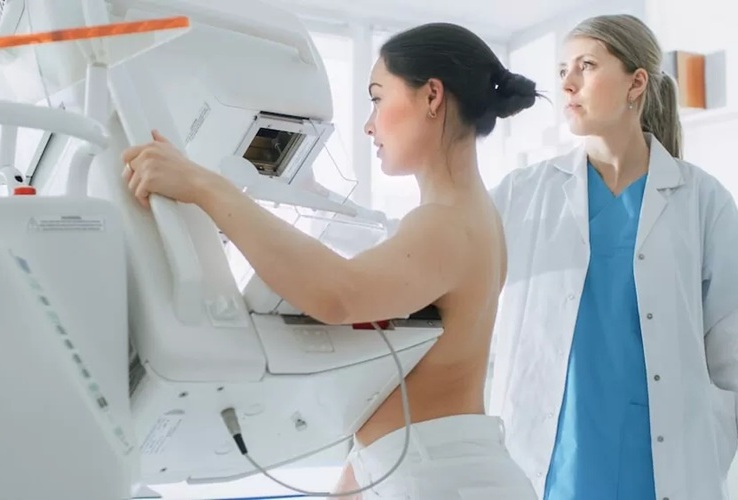
AI Improves Early Detection of Interval Breast Cancers
Interval breast cancers, which occur between routine screenings, are easier to treat when detected earlier. Early detection can reduce the need for aggressive treatments and improve the chances of better outcomes.... Read more
World's Largest Class Single Crystal Diamond Radiation Detector Opens New Possibilities for Diagnostic Imaging
Diamonds possess ideal physical properties for radiation detection, such as exceptional thermal and chemical stability along with a quick response time. Made of carbon with an atomic number of six, diamonds... Read moreMRI
view channel
New MRI Technique Reveals Hidden Heart Issues
Traditional exercise stress tests conducted within an MRI machine require patients to lie flat, a position that artificially improves heart function by increasing stroke volume due to gravity-driven blood... Read more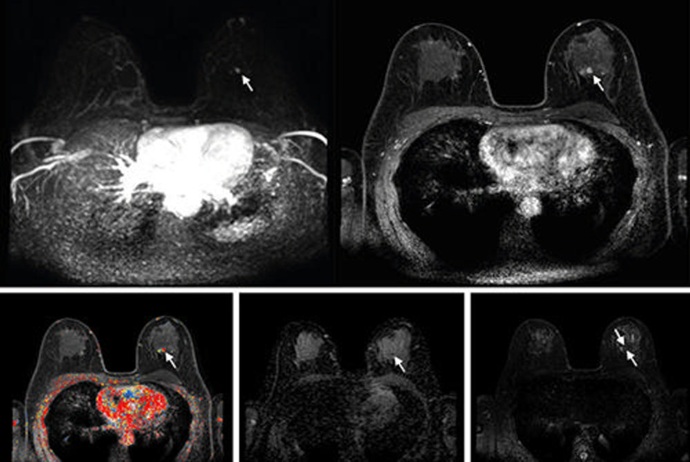
Shorter MRI Exam Effectively Detects Cancer in Dense Breasts
Women with extremely dense breasts face a higher risk of missed breast cancer diagnoses, as dense glandular and fibrous tissue can obscure tumors on mammograms. While breast MRI is recommended for supplemental... Read moreUltrasound
view channel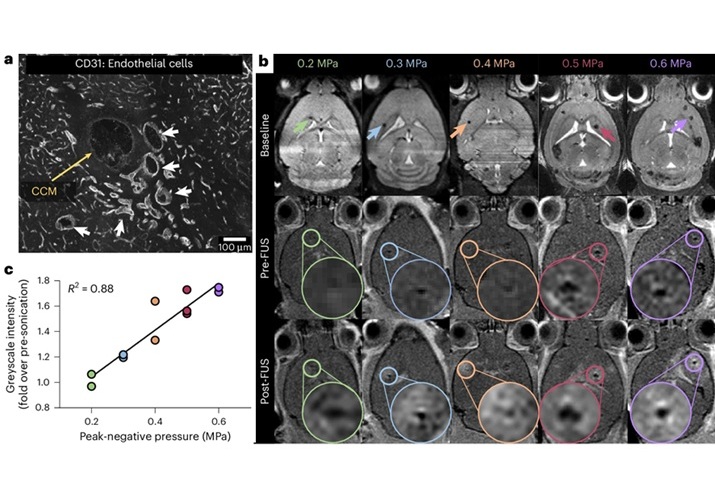
New Incision-Free Technique Halts Growth of Debilitating Brain Lesions
Cerebral cavernous malformations (CCMs), also known as cavernomas, are abnormal clusters of blood vessels that can grow in the brain, spinal cord, or other parts of the body. While most cases remain asymptomatic,... Read more.jpeg)
AI-Powered Lung Ultrasound Outperforms Human Experts in Tuberculosis Diagnosis
Despite global declines in tuberculosis (TB) rates in previous years, the incidence of TB rose by 4.6% from 2020 to 2023. Early screening and rapid diagnosis are essential elements of the World Health... Read moreNuclear Medicine
view channel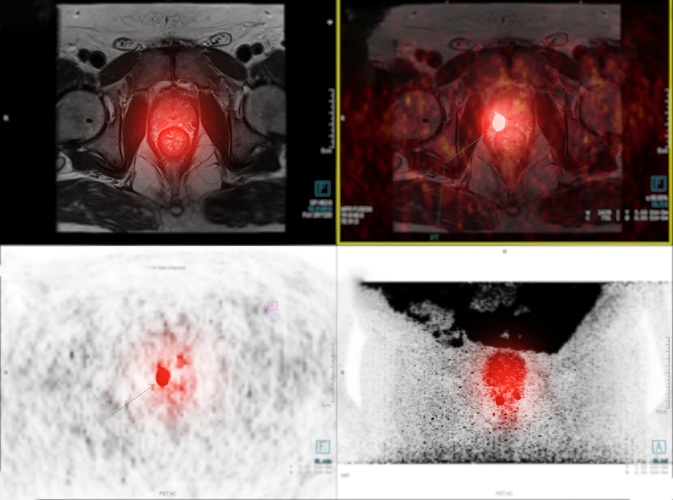
New Imaging Approach Could Reduce Need for Biopsies to Monitor Prostate Cancer
Prostate cancer is the second leading cause of cancer-related death among men in the United States. However, the majority of older men diagnosed with prostate cancer have slow-growing, low-risk forms of... Read more
Novel Radiolabeled Antibody Improves Diagnosis and Treatment of Solid Tumors
Interleukin-13 receptor α-2 (IL13Rα2) is a cell surface receptor commonly found in solid tumors such as glioblastoma, melanoma, and breast cancer. It is minimally expressed in normal tissues, making it... Read moreGeneral/Advanced Imaging
view channel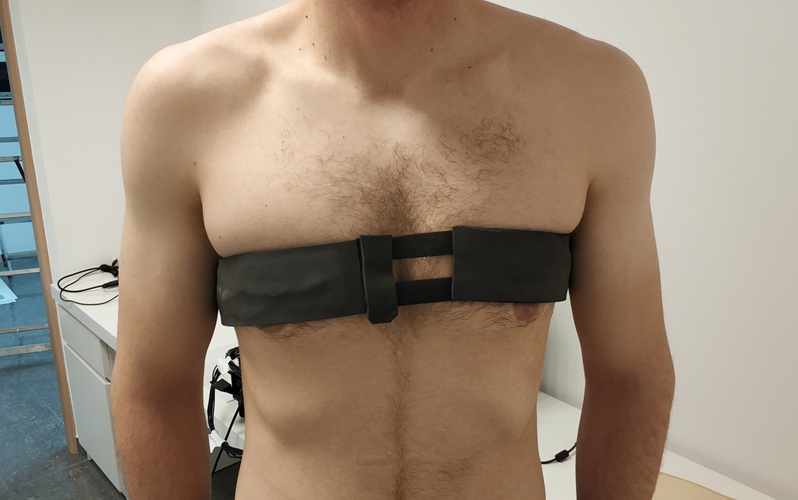
First-Of-Its-Kind Wearable Device Offers Revolutionary Alternative to CT Scans
Currently, patients with conditions such as heart failure, pneumonia, or respiratory distress often require multiple imaging procedures that are intermittent, disruptive, and involve high levels of radiation.... Read more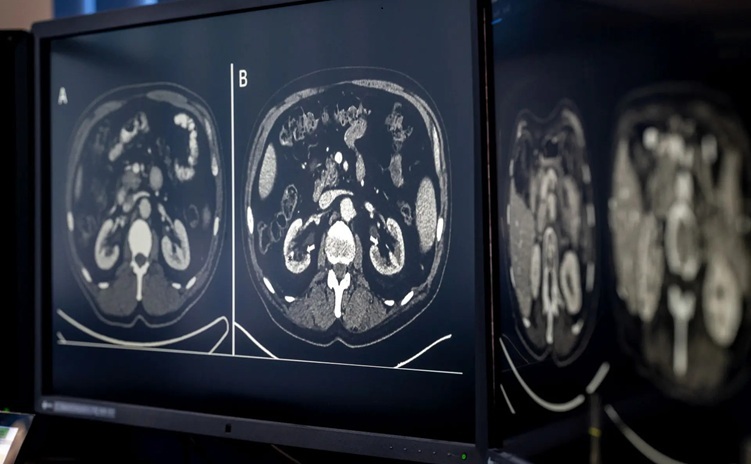
AI-Based CT Scan Analysis Predicts Early-Stage Kidney Damage Due to Cancer Treatments
Radioligand therapy, a form of targeted nuclear medicine, has recently gained attention for its potential in treating specific types of tumors. However, one of the potential side effects of this therapy... Read moreIndustry News
view channel
GE HealthCare and NVIDIA Collaboration to Reimagine Diagnostic Imaging
GE HealthCare (Chicago, IL, USA) has entered into a collaboration with NVIDIA (Santa Clara, CA, USA), expanding the existing relationship between the two companies to focus on pioneering innovation in... Read more
Patient-Specific 3D-Printed Phantoms Transform CT Imaging
New research has highlighted how anatomically precise, patient-specific 3D-printed phantoms are proving to be scalable, cost-effective, and efficient tools in the development of new CT scan algorithms... Read more
Siemens and Sectra Collaborate on Enhancing Radiology Workflows
Siemens Healthineers (Forchheim, Germany) and Sectra (Linköping, Sweden) have entered into a collaboration aimed at enhancing radiologists' diagnostic capabilities and, in turn, improving patient care... Read more












